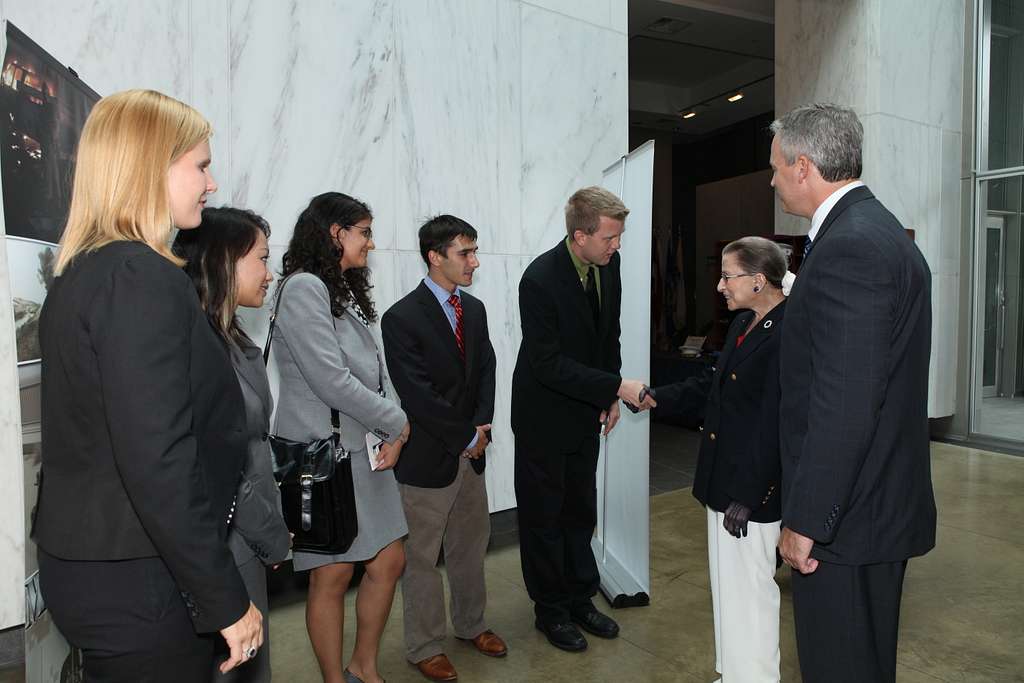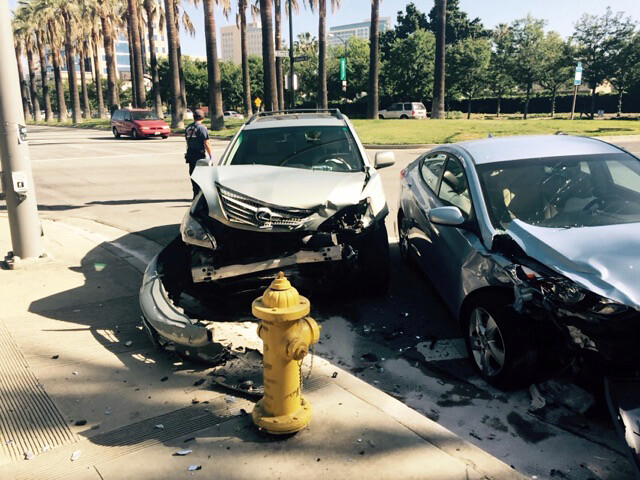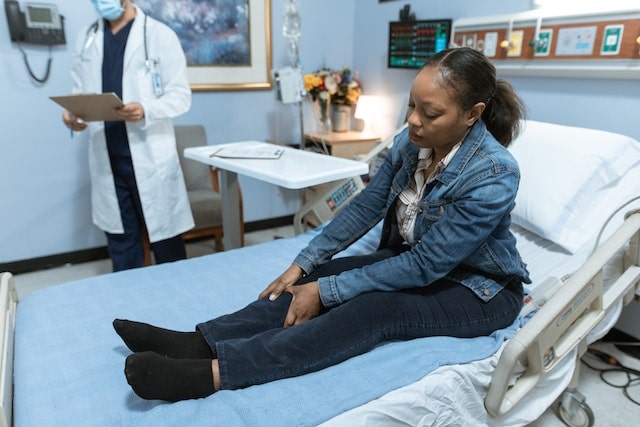Stephen Fealy, M.D., P.C. v State Farm Mut. Auto Ins. Co., 2010 NY Slip Op 51442(U)(App. Term 2d Dept. 2010)
I was involved in this case. The matter involved a knee surgery that the carrier alleged was not causally related to the motor vehicle accident. The main piece of proof that was presented was a detailed radiological review. It demonstrated that the knee injury was degenerative, pre-existing and in part the result of the assignor’s body habitus. I thought it was one of the better radiological reviews I ever saw. It was obviously sufficient to demonstrate a prima facie entitlement to summary judgment.
In the original opposition, and the only one the Appellate Term considered, the plaintiff treating doctor made a conclusory allegation that the injury was related to the accident. What was important to discern to was that in the original answering papers, the actual MRI films were never reviewed, and there was no evidence presented to rebut the radiologist’s report and affirmation. Following my reply that pointed out the glaring holes in Plaintiff’s proof, Plaintiff filed a sur-reply, a tacit admission that more needed to be placed in their answering papers to defeat the summary judgment motion. I will give Plaintiff’s counsel credit for doing this – it definitely showed a gumption I do not see too much of in this field of law. Nonetheless, the sur-reply should not have been considered, which Civil Court considered anyway. In any event, the sur-reply had gaps in proof, similar to that in the initial answering affirmation. Civil Court found an issue of fact.
Based on the foregoing, I felt compelled to appeal – not because I am “appeal happy”- but because I earnestly felt Civil Court totally got this one wrong.
The Appellate Term at least kicked the sur-reply. This is ironic because this court reached the opposite conclusion when presented with this exact procedural scenario in Cornell Medical v. Mercury. Plaintiff, in its brief, even cited to Cornell Medical v. Mercury for the proposition that the sur-reply should be considered. Yet, the situation in Cornell was more egregious than that found in this case, because my former firm received the sur-reply in Cornell the day before the final motion return date. I think the sur-reply in this case was received a few weeks before the final return date, but I am not sure.
In any event, the Appellate Term found an issue of fact because “[t]he affirmation in opposition, written by Dr. Fealy, the surgeon who actually performed the procedure on the assignor, read in conjunction with the other medical and hospital reports indicating that the assignor had complained of left knee pain within days of the accident, is sufficient to raise an issue of fact that must be resolved at trial.”
This is a dangerous precedent.
Remember, on a motion for summary judgment, the proponent of the motion must demonstrate its defense prima facie, or demonstrate that an element of plaintiff’s case lacks merit. People do not realize that on a motion for summary judgment, there is no difference between casting something as an element of a defense as opposed to casting something as an element of a party’s prima facie case. You must always prove a negative. Thus, the issue of causation is born by the defendant on a summary judgment motion, regardless of who bears this burden at trial. This is an important point.
As we also know, in the non no-fault context, a party who wishes to defeat a prima facie showing of lack of causation based upon a radiological review must submit evidence demonstrating that a qualified doctor read the films and disagreed in detail with the findings of the defendant’s radiologist’s review. The proof required to rebut a finding of lack of causation, based upon a radiological review, is the same in all contexts.
In this case, the Plaintiff failed to meet his burden based upon settled law. I think Plaintiff was aware of this – hence the sur-reply. As such, the Appellate Term should have reversed the order of the Civil Court.
One more thing. What is the proper no-fault rate for the procedure in this case? I think it is a little less than $25,000? I am not sure.













6 Responses
1. As a defendant, I wouldnt have fought this case because he’s not one of the usual no-fault suspects. HSS is a quality establishment. I suspect it made the difference.
2. Beating a film review isnt as challenging as you make it out to be if you have the surgeon. He doesnt need the films because he saw the actual joint during the surgery. He can dispute the MRI based upon his observations.
3. Everyone has degeneration of their joints as they age. If the condition is aggravated during an MVA, there’s coverage (even if the patient was very fragile beforehand). If the patient says, “On Monday, my knee didnt hurt. On Tuesday, I was in an MVA. On Wednesday, my knee was killing me,” it establishes causation. Plus, it’s not hearsay if it goes into the physician’s report.
1. If you are right, then the carriers should consistently be paying out huge verdicts on personal injury cases since a film review would never hold up.
2. Nobody said the surgery was not medically necessary or appropriate. It just should not be paid by no-fault, since it lacked a causal nexus to the loss.
3. If Dr. Fealy reviewed the films and discussed: (a) in detail the traumatic injury to the affected body parts that existed because of the accident and controverted the findings of the radiologist; or (b) discussed that the traumatic injury was superimposed upon a degenerative process and aggravated the degenerative process, then it would be a different story. The rebuttal evidence failed to show a traumatic injury. It also was way short of finding the 1% exacerbation of a pre-existing degenerative injury in this case, which would put no-fault on the hook. A statement that “my knee now hurts 7 days after the accident”, without an objective basis, is insufficient to defeat this type of a motion.
3. You would be surprised if you knew the decorated facilities that took surgery cases, which never had a business being performed.
1. There’s a big difference between establishing causation for PIP and damages for personal injuries. It’s a lot easier to show 1%.
2. To be clear, you had an IME doctor who said it wasn’t causally related. Even if he was right this time, I bet he lacks some credibility.
3. I wouldn’t be surprised at all. Surgeons like to cut people open. It’s fun for them. Still, the fact that the patient may have been sitting in the waiting room next to F-Rod makes a difference.
Causation is causation is causation. The 1% rule applies in all contexts. It is called the eggshell plaintiff. It a doctor in any personal injury matter can show an aggravation of a pre-existing injury or a degenerating process viz a trip and fall, motor vehicle accident, or any tort, then the adverse party would be liable. Damages is a different issue, which is irrelevant for purposes of this discussion.
Sure but in no-fault causation is the end of the inquiry. In PI, damages are the main issue, and the eggshell plaintiff will get a lot less than the diamond-skin plaintiff.
Plus, the fact that a good attorney can defeat a peer review or film review or whatever doesn’t seem to stop carriers from spending the money nonetheless.
The ole how much of this injury is attributable to the trip on the broken and cracked sidewalk and how much of it is the result of the five prior surgeries on the same knee due to football injuries; MVAs and the fact that you are a fat slob.
Q. It is your claim that you can no longer perform your police duties because you tripped over the horse blanket
A. Correct
Q. But this is not the first time you sued for your injured knee
A. No
Q. You sued Bloomingdales for an accident on an escalator
A. Yes
Q. That was five years ago
A. Yes
Q. And in that suit 5 years ago you claimed you could no longer perform your police duties
A. Yes
DEspite the above the jury awarded 7 million in lost wages. Some Courts will have the jury stick around and answer questions or ask questions of the attornies after the verdict. DON’T DO IT.
In the above case this home health care attendant juror asked the City Attorney: “And why did you ask that man about his accident at Bloomingdales … this case was about tripping on a horse blanket in a police parking lot.” [they had a mounted unit][a brilliant juror]
The city lawyer who is a good one never tried another case.